Address
31 Powers Road,
Seven Hills NSW 2147
(02) 9881 0071
The following businesses were sold during the reporting period:
The Group is privately held and has the following current general business structure:
The Questas Board consisting of:

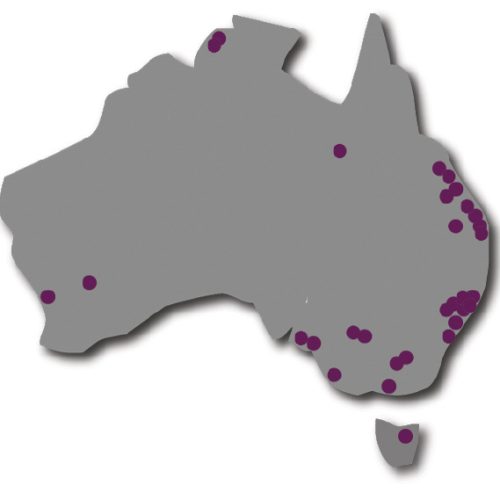

A Modern Slavery Policy and Supplier Code of Conduct, linked to a Whistleblower Protection Policy. Our Modern Slavery Policy and Supplier Code of Conduct each specifically address our commitment to be vigilant on modern slavery issues, while the Whistleblower Policy strongly encourages employees and other stakeholders to report all violations of policies and ensures there will be no negative repercussions for doing so.

Our Supplier Code of Conduct contains robust modern slavery contract warranties and covenants from suppliers. It includes recommendations that our suppliers “push” these same warranties and covenants up the supply chain by including them in their procurement contracts with their respective suppliers (our second-tier suppliers). A plan is in place to raise awareness of our Supplier Code of Conduct as part of the onboarding process for all new suppliers and new contract awards.
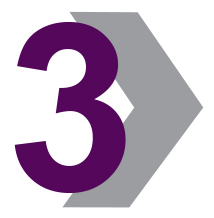
Mapping of and assigning a risk rating to key first-tier suppliers in our supply chain based on perceived country level risk, business sector and industry risk, specific product and/or services risk and spend level.
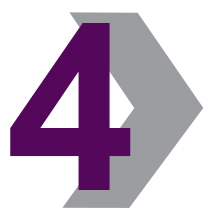
Targeted, customised “due diligence” of suppliers identified as being at highest risk for potential modern slavery incidents pursuant to item 3 above or otherwise. The due diligence surveys are designed to help validate and further assess the potential modern slavery risk of each supplier, by rating their modern slavery risk profile as High, Medium, or Low based on their responses to a series of questions relating to (i) their own operations and (ii) their supply chain. Due diligence responses are evaluated to determine whether and to what extent any additional follow up might be required, sensible and feasible in the circumstances, after which an action plan is meant to be created to implement such follow up in each relevant case.
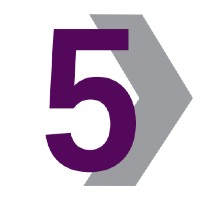
Site visits of existing and prospective suppliers to witness firsthand supplier policies and practices.
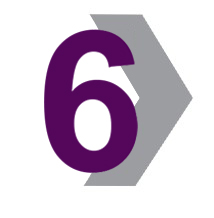
Onboarding of new suppliers and including them in the targeted, customised “due diligence.”
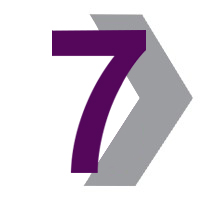
Communication shared with customers when requested, referencing the latest Annual Statement with its explanation of the Modern Slavery Risk Mitigation Program and a frequently asked question (FAQ) document providing additional detail.

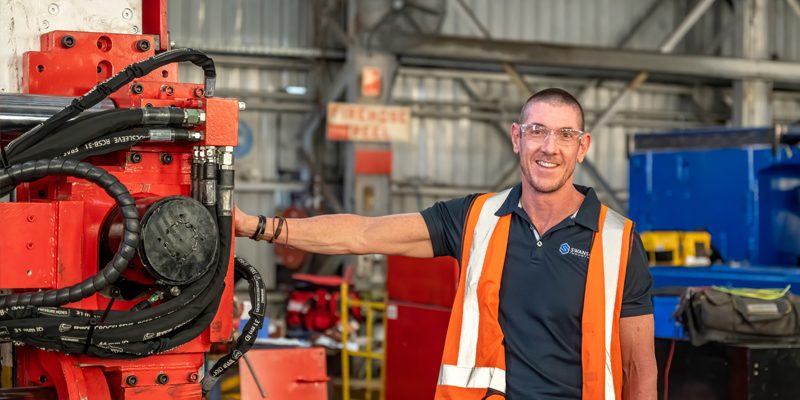
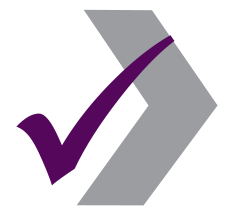
We continued and further entrenched implementation of the Modern Slavery Risk Mitigation Program.

Those suppliers who did not respond to our due diligence inquiries will continue to be actively pursued until they complete a survey.

Previously, we added language supporting the modern slavery response in our new award contracts. We have now also updated our tender document to raise awareness at the start of the tendering process.

We initiated software configuration to enable onboarding of new suppliers including them in the Modern Slavery Risk Mitigation Program (implementation in the next reporting period).

We travelled to one of our higher risk sourcing regions and visited 3 existing and 2 prospective supplier sites (not previously part of the due diligence inquiries). We reviewed their business including size, references, suppliers, market, and policies. We also assessed their modern slavery awareness, supporting labour structure, and quality practices.
It is understood that we remain on a modern slavery risk identification and mitigation journey with our suppliers and expect to see our visibility into modern slavery risk in the supply chain improve and corresponding mitigation actions completed as we continue that journey. Our Modern Slavery Risk Mitigation Program has been designed – and will continue to be refined – with that in mind and with a view to “bring along” our entire supply chain with us on that journey to the greatest extent feasible.
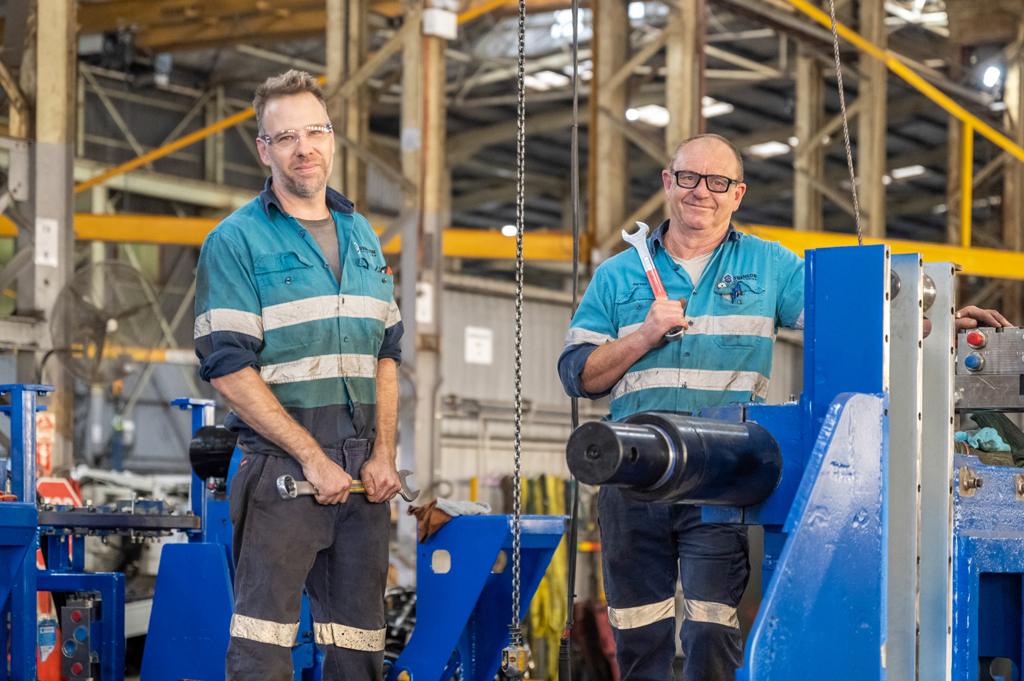
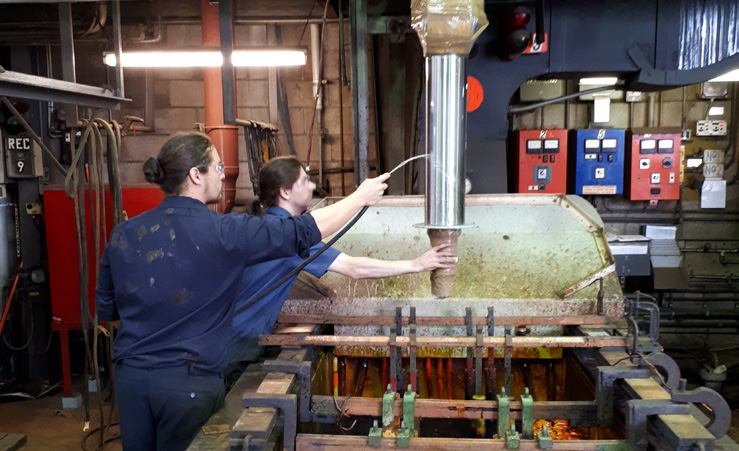
Over subsequent reporting periods, we will continue to review and enhance these KPIs and develop further metrics to assess the effectiveness of our actions.
In addition to the KPIs, Questas also takes qualitative evidence derived from the actions described above and reviews it to determine if the supply chain response seems to be having the intended effect and moving in the right direction. Even though our Modern Slavery Risk Mitigation Program is still in its infancy and some of the noted actions were completed late in the reporting period covered by this Statement, we can already see evidence that the actions we have taken in implementing and executing our Modern Slavery Risk Mitigation Program are having the intended effect of better aligning ourselves and our supply chain with the purpose and intent of the Act in at least the following ways:
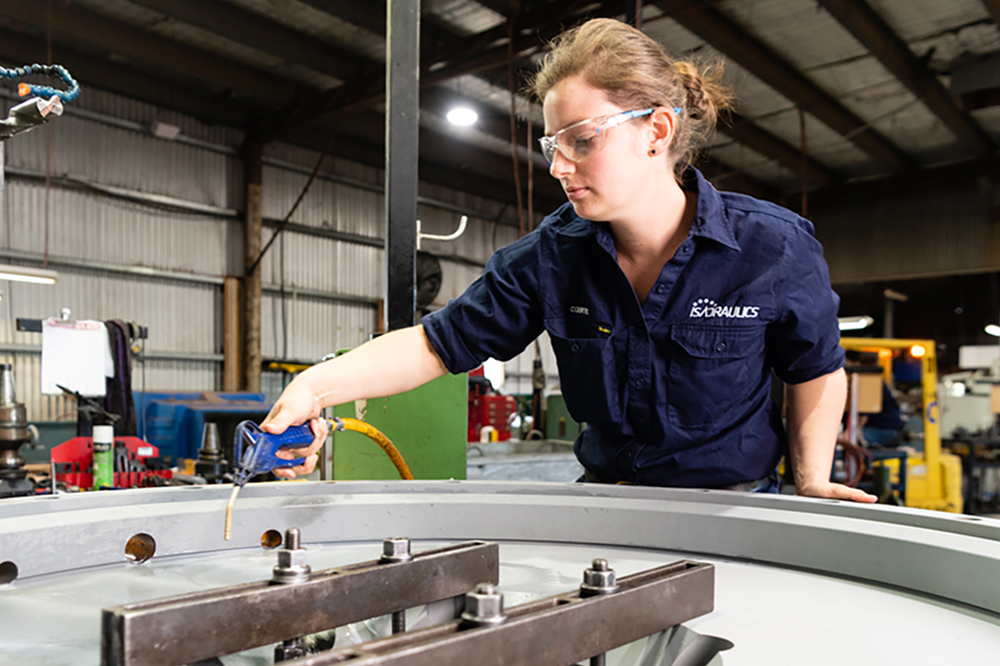
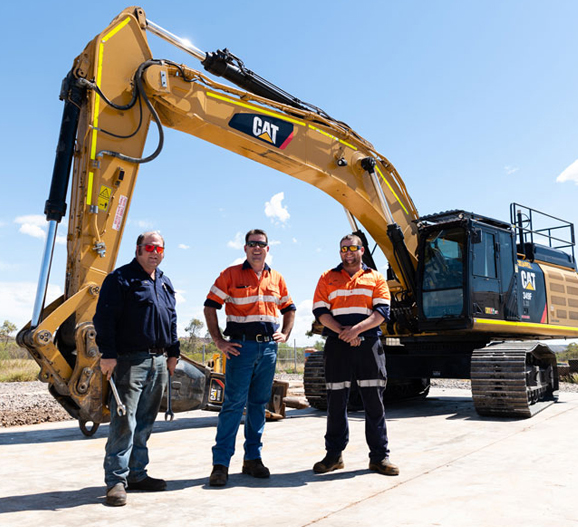
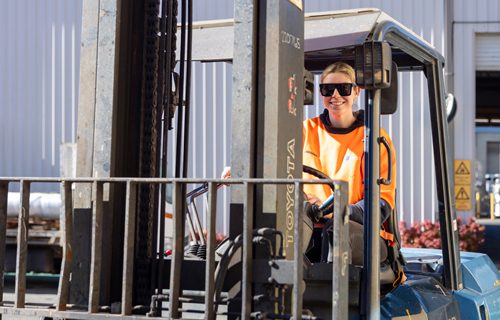
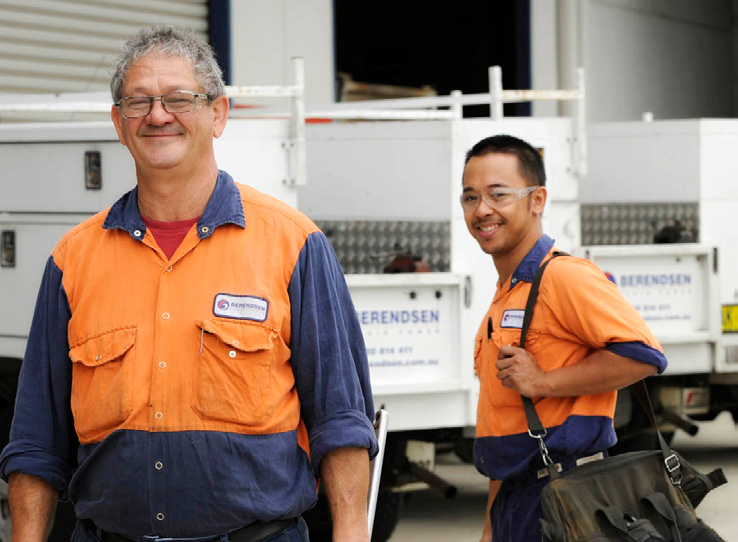
Please note that this statement is currently under review and has not yet been officially published by the Register.
Prior to the statement being published on the Register, the statement will be reviewed by the AGD. This process can take some time, particularly during peak periods of submissions. In the meantime, you are welcome to publish your statement on your website, but please include a note that it is under review and has not been officially published on the Register.

Mark Taylor
Group CEO
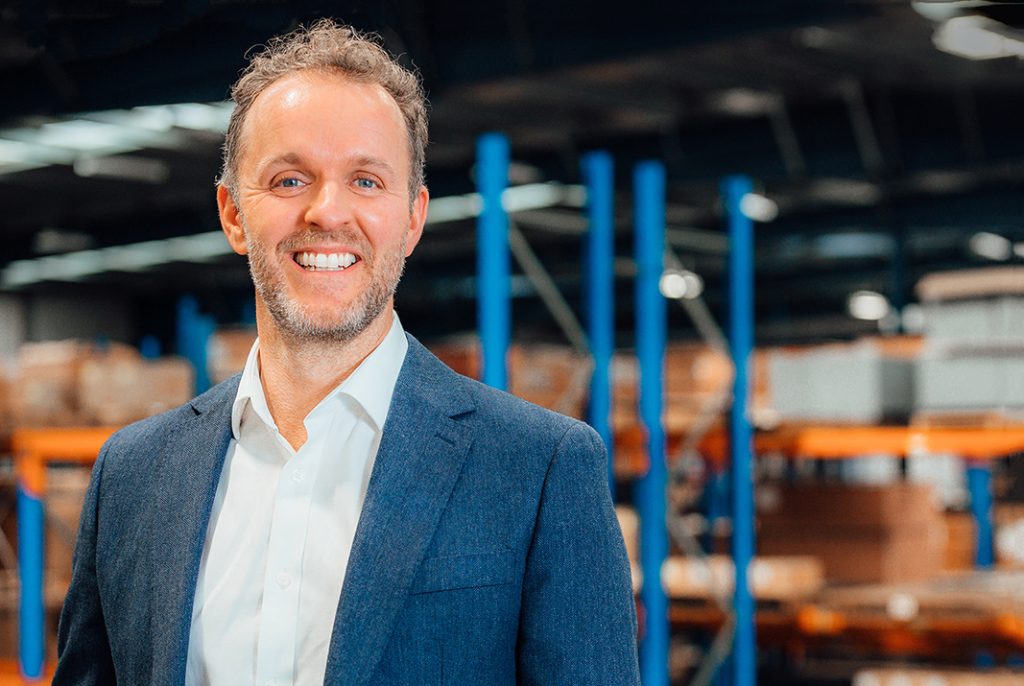
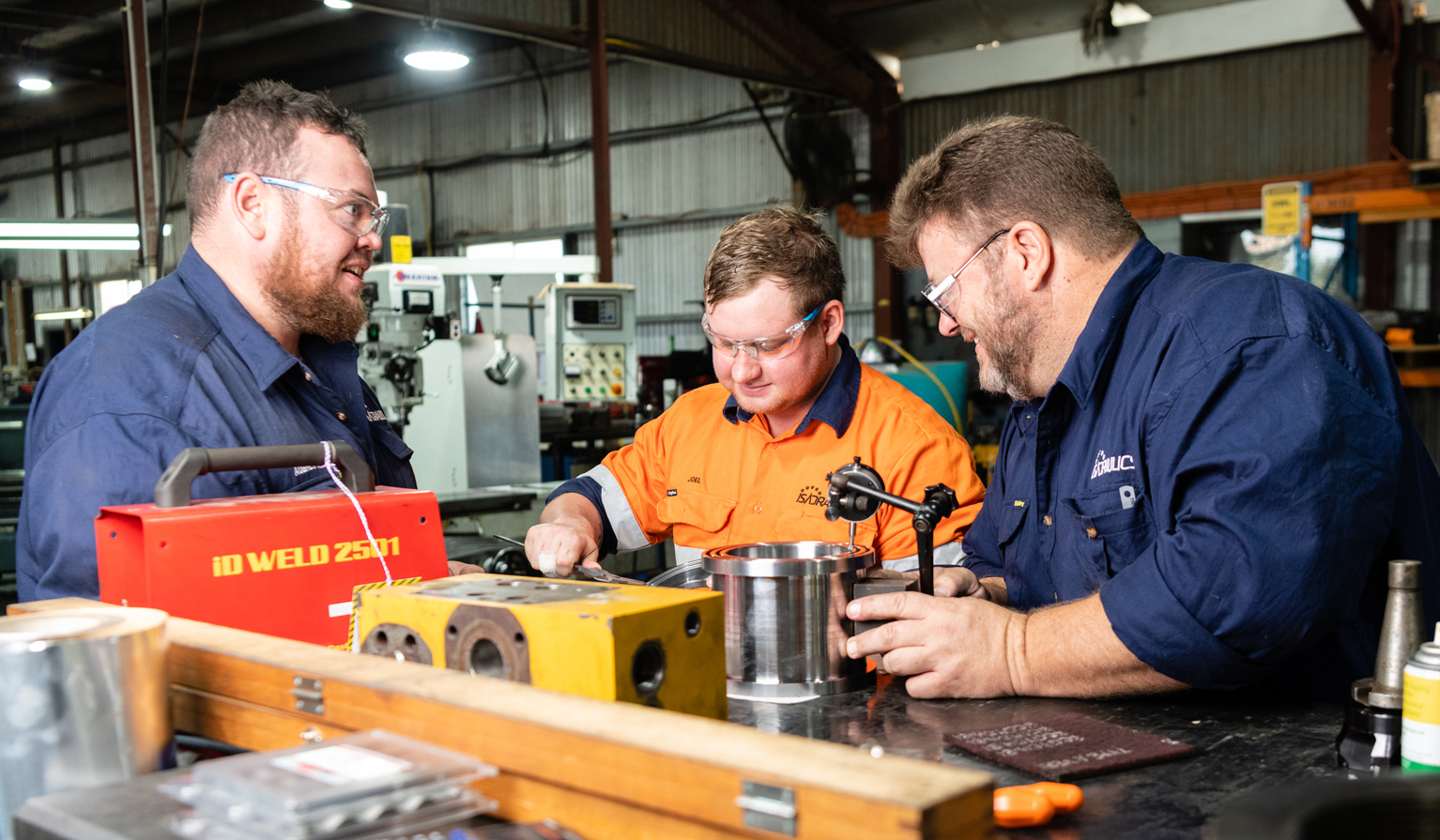
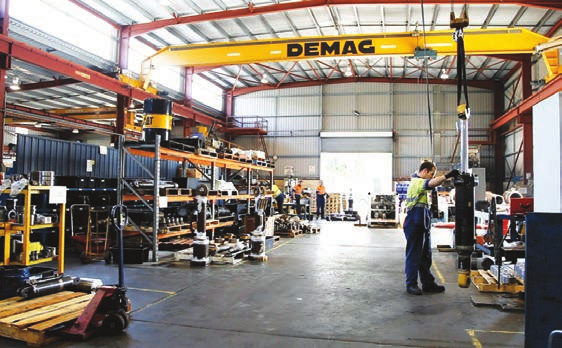
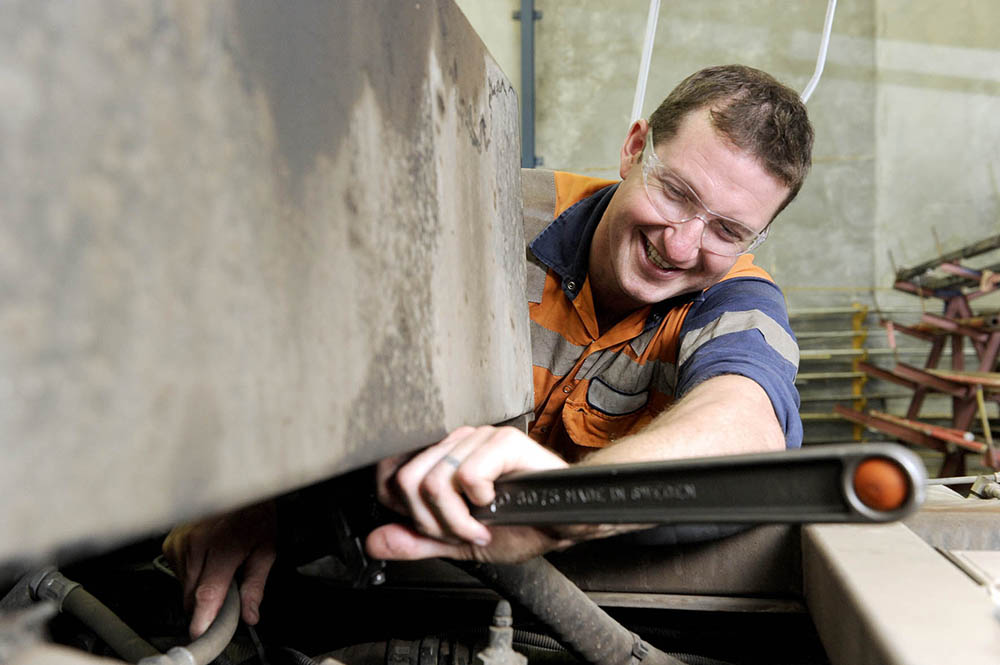
31 Powers Road,
Seven Hills NSW 2147
(02) 9881 0071
© Questas Group